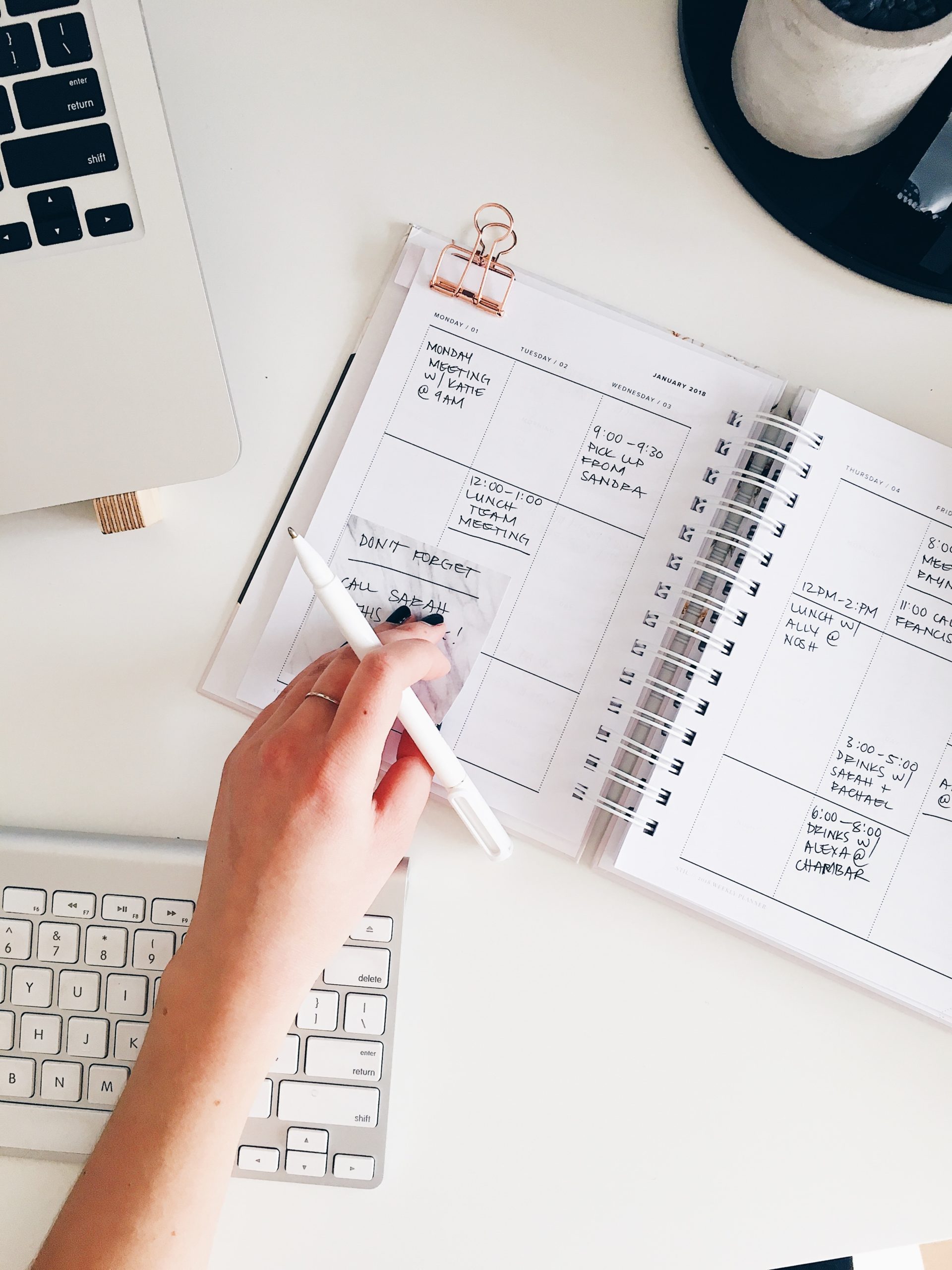In today’s fast-paced and increasingly digital world, managing our time effectively has become crucial. Creating an ideal daily work routine is about more than just penciling in meetings and tasks—it’s about aligning your day to capitalize on your natural rhythms, setting realistic goals, and incorporating breaks for optimal productivity.
“Efficiency is doing things right; effectiveness is doing the right things.” – Peter Drucker
Let’s delve into the components of an effective daily work routine that you can adapt to your unique needs and work habits:
Setting Daily Goals
Kicking off your day with clear objectives can set the pace for a successful workday. LinkedIn CEO Jeff Weiner swears by his daily practice of scheduling “buffers” in his calendar, free slots reserved specifically for thinking, strategizing, and proactive work.
Time Blocking
The practice of assigning specific time slots for different tasks during your day can prevent context-switching, a notorious productivity killer. Elon Musk is known for his meticulous time-blocking technique, splitting his schedule into five-minute slots.
Peak Energy Tasks
Find your peak productivity hours – when you’re most alert and focused – and reserve them for your most challenging tasks. For example, writer Ernest Hemingway chose the early morning hours for writing, claiming that was the time when he was most creative and efficient.
The Pomodoro Technique
Named after a tomato-shaped kitchen timer, the Pomodoro Technique can be a game-changer. This method, developed by Francesco Cirillo, involves breaking your work into 25-minute intervals separated by 5-minute breaks to maintain high productivity levels.
Nutritious Lunch
Fuelling your body with a balanced midday meal is essential. Take a tip from Richard Branson, who is known for his healthy eating habits, and choose a lunch that provides slow-release energy for the rest of the day.
Short Exercise Breaks
Follow in the footsteps of fitness mogul Tony Horton, who suggests short bursts of exercises during the day. These can help boost your energy levels, reduce stress, and improve cognitive function.
Limit Distractions
To stay focused, designate specific times to check emails and social media. Cal Newport, author of “Deep Work,” suggests setting clearly defined times for browsing the internet and responding to emails to prevent distractions from interfering with focused work time.
Stay Hydrated and Take Regular Breaks
Sufficient hydration is essential for maintaining energy levels and cognitive function. Similarly, taking regular breaks can prevent burnout. The “52/17 rule” – 52 minutes of work followed by a 17-minute break – has been suggested by the Draugiem Group as the ideal rhythm for a productive workday.
Reflect on Your Day
At the end of your workday, reflection can help you acknowledge your achievements and identify areas for improvement. As business philosopher Jim Rohn once said, “Either you run the day or the day runs you.”
Log Off and Relax
After a day’s work, make sure to log off and disconnect. Arianna Huffington, co-founder of The Huffington Post, is a strong advocate for work-life balance and insists on the importance of unwinding after work.
While these strategies are all effective, remember that the best routine is one that suits your work style and personal circumstances. It’s about trial and error and flexibility – you need to experiment and be open to modifying your routine as you discover what works best for you. An optimal work routine is key to not only a productive day but also a balanced, satisfying professional life.
